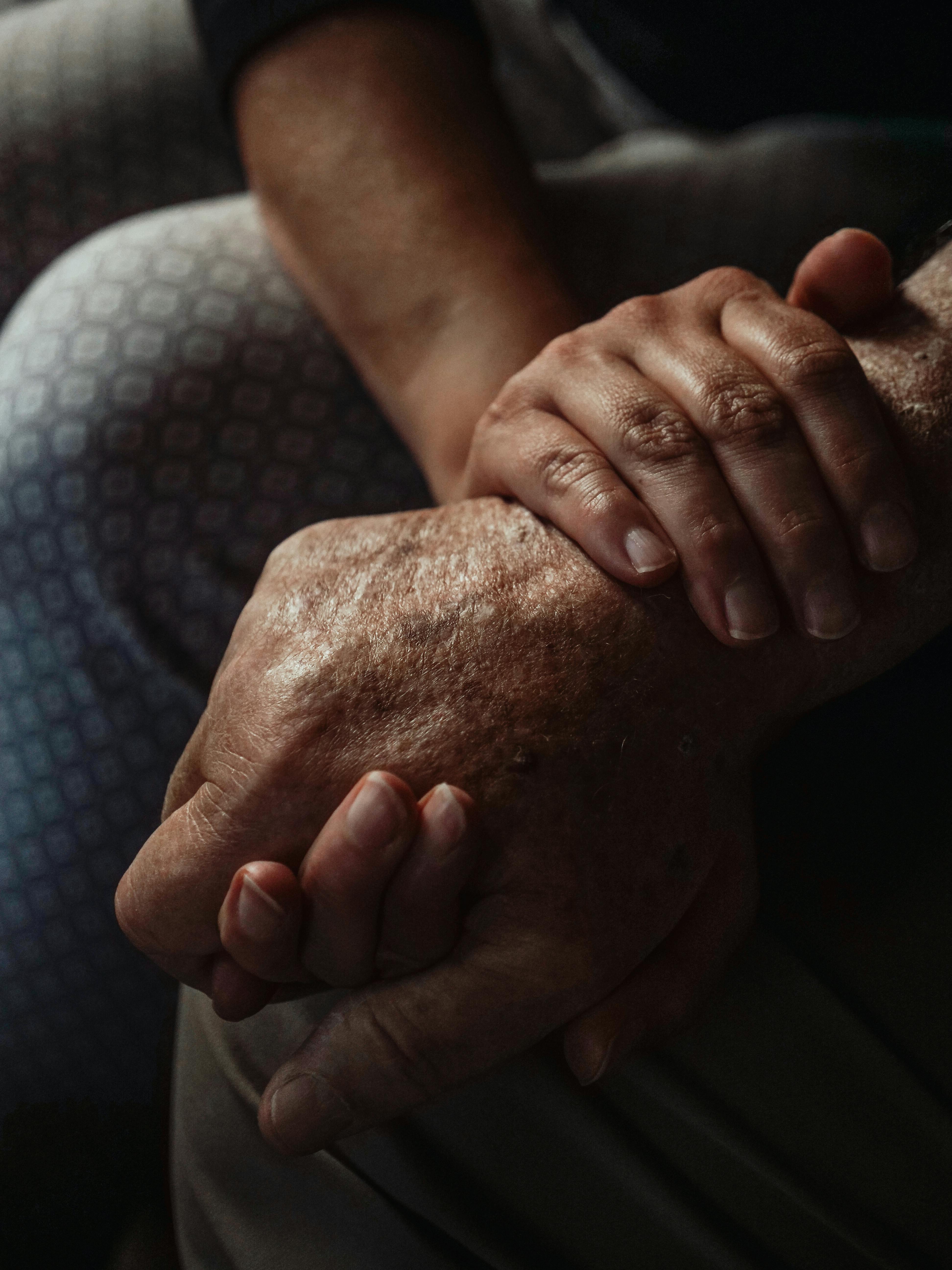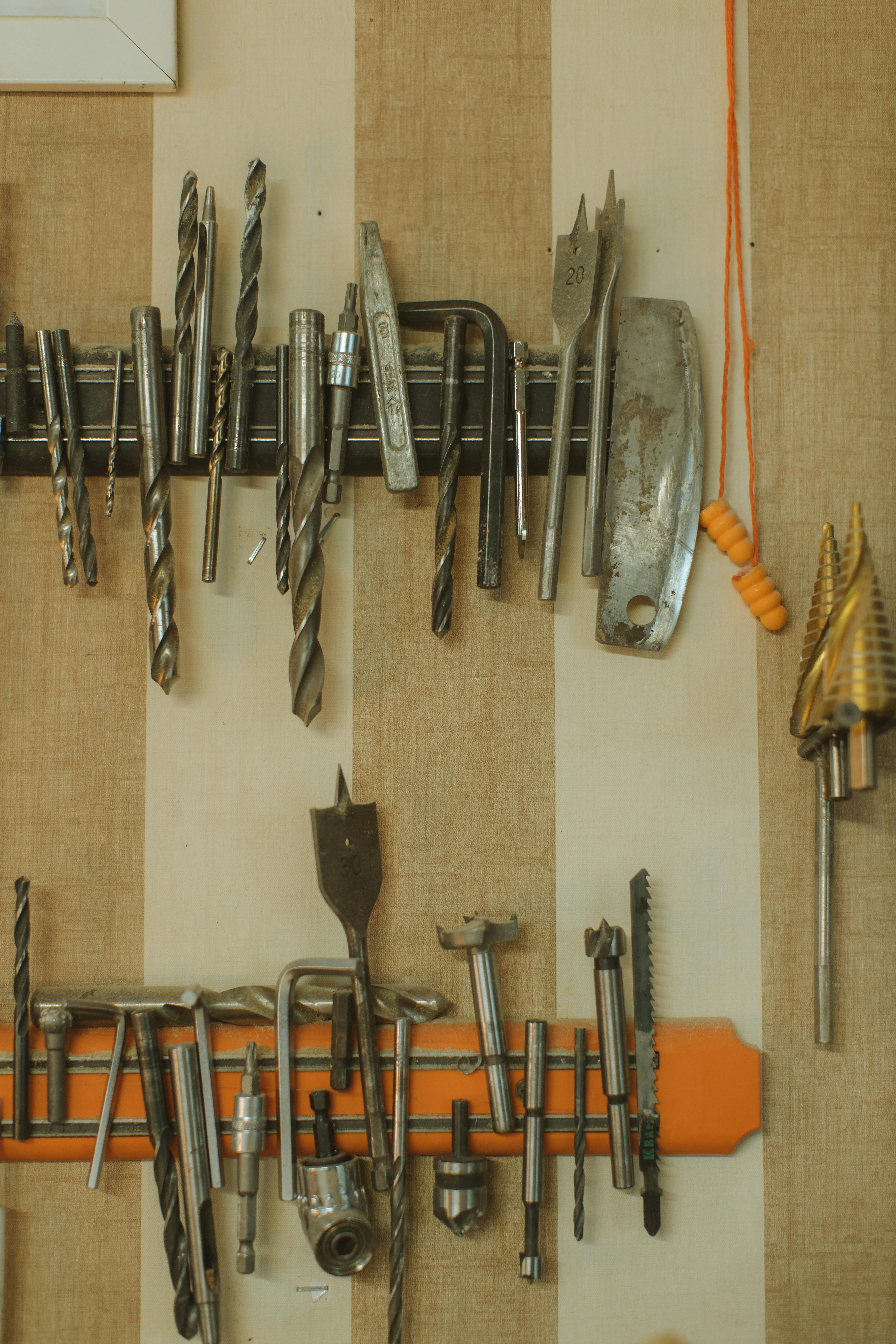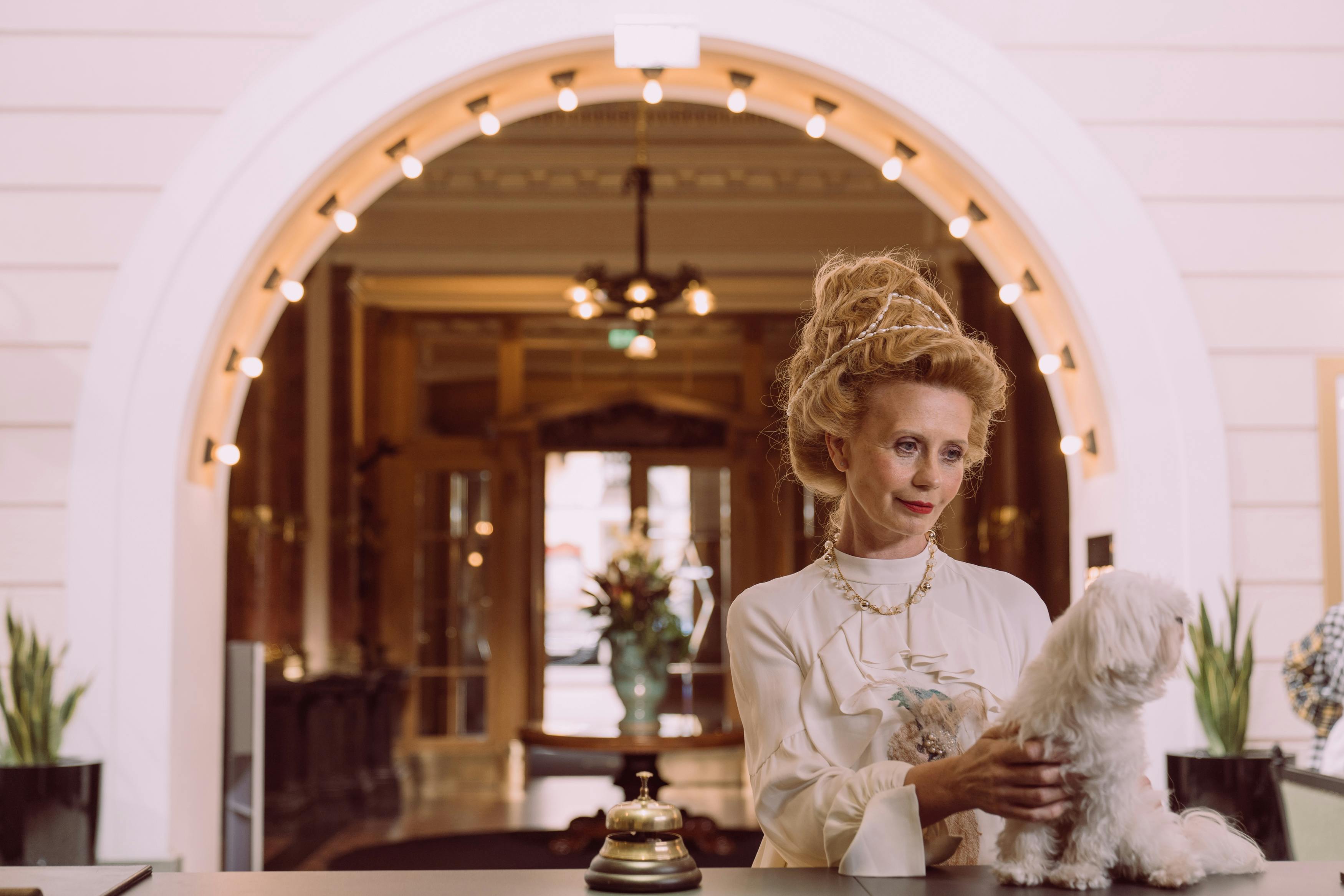Essential Guide to Taking Pictures of the Northern Lights in 2025
The Northern Lights, or Aurora Borealis, are one of nature's most mesmerizing displays, captivating photographers and adventurers alike. Capturing this incredible phenomenon requires a blend of preparation, technique, and the right gear. As interest in outdoor photography grows, this comprehensive guide will equip you with essential tips for photographing the Northern Lights in 2025. Over the next sections, you’ll learn about the best camera settings, techniques, and locations to optimize your Northern Lights photography experience.
Whether you’re using a DSLR, smartphone, or an advanced mirrorless system, mastering the fundamentals will significantly enhance your capacity to capture stunning images. From selecting the right tripod and understanding manual focus to the best times and locations for shooting, we’ll navigate through each aspect necessary for a successful aurora photography session. In addition, we’ll address common pitfalls and provide creative suggestions for incorporating other elements into your shots. Prepare for an unforgettable adventure under the night skies!
The Importance of Gear for Photographing the Northern Lights
When photographing the Northern Lights, the right gear can make all the difference. A sturdy tripod is essential for stabilizing your camera during long exposure shots, reducing any blurriness caused by movement. Look for a tripod that is both lightweight and durable, especially if you plan to trek in colder environments.
Your choice of camera also plays a key role. While DSLRs and mirrorless cameras provide flexibility with interchangeable lenses and manual settings, modern smartphones have made great strides in low-light photography, making them suitable options for capturing auroras. However, their limitations in exposure settings may require you to understand effective strategies to enhance the imagery.
For camera lens selection, wide-angle lenses typically offer the most dramatic views of the auroras due to their ability to capture vast night skies. Additionally, consider filters that enhance color saturation and contrast, improving the overall quality of your photographs. As you plan your aurora adventure, remember that investing in reliable gear will set you up for success.
Understanding the Best Camera Settings for Auroras
Knowing the best camera settings is critical to successfully capturing the ethereal glow of the auroras. Start by setting your camera to manual mode, which provides full control over exposure settings. A low ISO setting (between 800-1600) is recommended to minimize noise while still allowing sensitivity to light.
For exposure time, long exposures ranging from 5 to 20 seconds can beautifully capture the movement and colors of the auroras. Remember to take trial shots and adjust as necessary based on the aurora intensity and your unique surroundings. A good starting point would be an aperture of f/2.8 to f/4, allowing maximum light capture while producing sharp images.
Additionally, familiarize yourself with your camera’s histogram to make real-time adjustments to avoid highlights becoming too bright. Once you understand these settings, you can experiment for more dynamic photographs that highlight the mesmerizing patterns of the Northern Lights.
Capturing Aurora Colors and Movement
To effectively capture the vibrant colors of the auroras, you need to understand how these hues manifest in the night sky. The colors can range from shades of green to red and purple, influenced by the gases in the Earth's atmosphere reacting with solar wind.
In terms of movement, you'll want to experiment with longer exposure times to showcase the flowing effect of the auroras. For dynamic shots, consider incorporating foreground elements—like trees or landscapes—which can create depth and context to your compositions. Creative techniques can involve layering multiple exposures to create a striking representation of the aurora display's movement.
Furthermore, utilizing live view on your camera can help in framing your shots while observing how the colors blend in real-time. This will not only improve your composition but also enhance your ability to capture those brilliant shades in your photos.
Selecting the Right Location and Timing for a Successful Shoot
Location is critical when it comes to photographing the Northern Lights. Areas with minimal light pollution offer the best chances of spotting and capturing this natural phenomenon. Popular locations include the northern parts of Canada, Alaska, Norway, and Iceland, where the chances of encountering strong auroras are higher.
Timing your shoot is equally important; the best months for photographing auroras typically fall between September and April, during solar maximum periods when auroral activity peaks. To further enhance your shoot, use aurora prediction tools and weather apps that provide updates on sky clarity and aurora forecasts, thus allowing you to plan your outings wisely.
As you scout for perfect locations, consider factors like safety, accessibility, and nearby amenities. Always inform someone about your plans, especially if venturing into remote areas, as safety should always be a priority during nighttime photography excursions.
Common Mistakes to Avoid in Northern Lights Photography
Even seasoned photographers can fall prey to common mistakes when photographing the Northern Lights. One prevalent issue is improper focus; autofocus systems may struggle in low light, making manual focus an essential technique. Use a bright star or distant light source to set your focus before the auroras begin.
Another frequent pitfall is overexposure. Newcomers often forget to adjust their settings after the auroras have appeared, resulting in washed-out colors. Keep an eye on your exposure meter and adjust as needed. Additionally, neglecting to bring necessary gear, such as extra batteries and memory cards, can cut your adventure short—especially in cold weather where batteries drain quickly.
Lastly, failing to embrace patience can lead to disappointment. The auroras are unpredictable, and it may take time before the display starts. Stay engaged with the scenery around you, as you might find creative opportunities arise in unexpected moments.
Enhancing Your Northern Lights Photos with Editing Techniques
Once you've captured your aurora shots, the next step is enhancing them through editing. Software such as Adobe Lightroom or Photoshop allows you to fine-tune various aspects of your photographs, enhancing colors and contrast while dealing with any noise captured in low-light conditions.
One effective technique is adjusting the vibrance and saturation to bring out the colors in your images without making them appear unnatural. Additionally, playing with contrast and brightness helps achieve a more dramatic representation of the auroras. Be mindful of introducing too much editing, as preserving the authenticity of the experience is crucial.
Incorporating Landscapes and Foreground Elements
Including landscapes or foreground elements can significantly elevate your Northern Lights photography. Scenery such as mountains, lakes, or trees can enhance the storytelling aspect of your images, providing context and further engaging viewers. Consider compositions that highlight both the auroras and the environment around them, ensuring a harmonious balance.
Incorporating wildlife can also present unique opportunities. Creatures like reindeer or Arctic foxes can add a sense of scale, further enhancing the narrative of your shot. Preparing to capture these moments requires quick reflexes, so remain attentive to your surroundings during your shoot.
Collaborating with Other Photographers
Collaboration can enrich your experience in aurora photography, whether through shared knowledge, resources, or even equipment. Joining a photography workshop focusing on auroras can expose you to expert techniques, while also allowing you to network with fellow enthusiasts. Collaborative aurora shoots can foster a positive learning environment, essential for developing your photography skills.
Consider planning group outings with local photographers who can provide insights about specific locations and timing. Additionally, sharing experiences and discussing techniques can enhance your creative growth, inspiring new approaches to capturing the brilliance of the Northern Lights. Be open to learning and experimenting with new methods together.
Planning Your Next Aurora Photography Trip
As you prepare for your next trip to photograph the Northern Lights, careful planning is essential. Begin by surveying various potential locations, using resources like aurora viewing guides and local community forums. Establishing a travel itinerary will help you maximize your time, ensuring that you capitalize on optimal conditions for aurora viewing.
Consider booking accommodations close to your chosen location for easier access, especially during the cold winter months. Furthermore, familiarize yourself with potential risks, such as weather fluctuations or equipment failures, and develop contingency plans to overcome these challenges. The goal is to ensure a positive aurora shooting experience while documenting this stunning natural phenomenon.

Frequently Asked Questions about Northern Lights Photography
What are the best times to photograph the Northern Lights?
The ideal months for photographing the Northern Lights are typically between September and April, with the peak activity closer to solar maximum periods. Additionally, clear, dark skies during new moon phases enhance your chances of spotting vibrant auroras.
What camera settings should I use for Northern Lights photography?
To achieve the best results, use manual mode to set your camera's ISO between 800-1600, aperture around f/2.8 to f/4, and exposure times typically ranging from 5 to 20 seconds, adjusting based on conditions.
Do I need special gear for Northern Lights photography?
A tripod is essential for stabilizing your shots, while a camera capable of manual settings will provide you the necessary flexibility. Wide-angle lenses are recommended, and filters can enhance colors and contrasts in your images.
How can I improve my chances of capturing stunning aurora images?
Stay informed by using aurora prediction tools, familiarize yourself with weather conditions, and plan your shoots around moon phases while prioritizing locations with minimal light pollution. Keep practicing and experimenting with your settings!
What mistakes should I avoid when photographing the Northern Lights?
Avoid reliance on autofocus in low light, overexposure from inadequate adjustments, and failing to bring extra batteries or cards. Most importantly, be patient, as the auroras are unpredictable and may require ample waiting.

